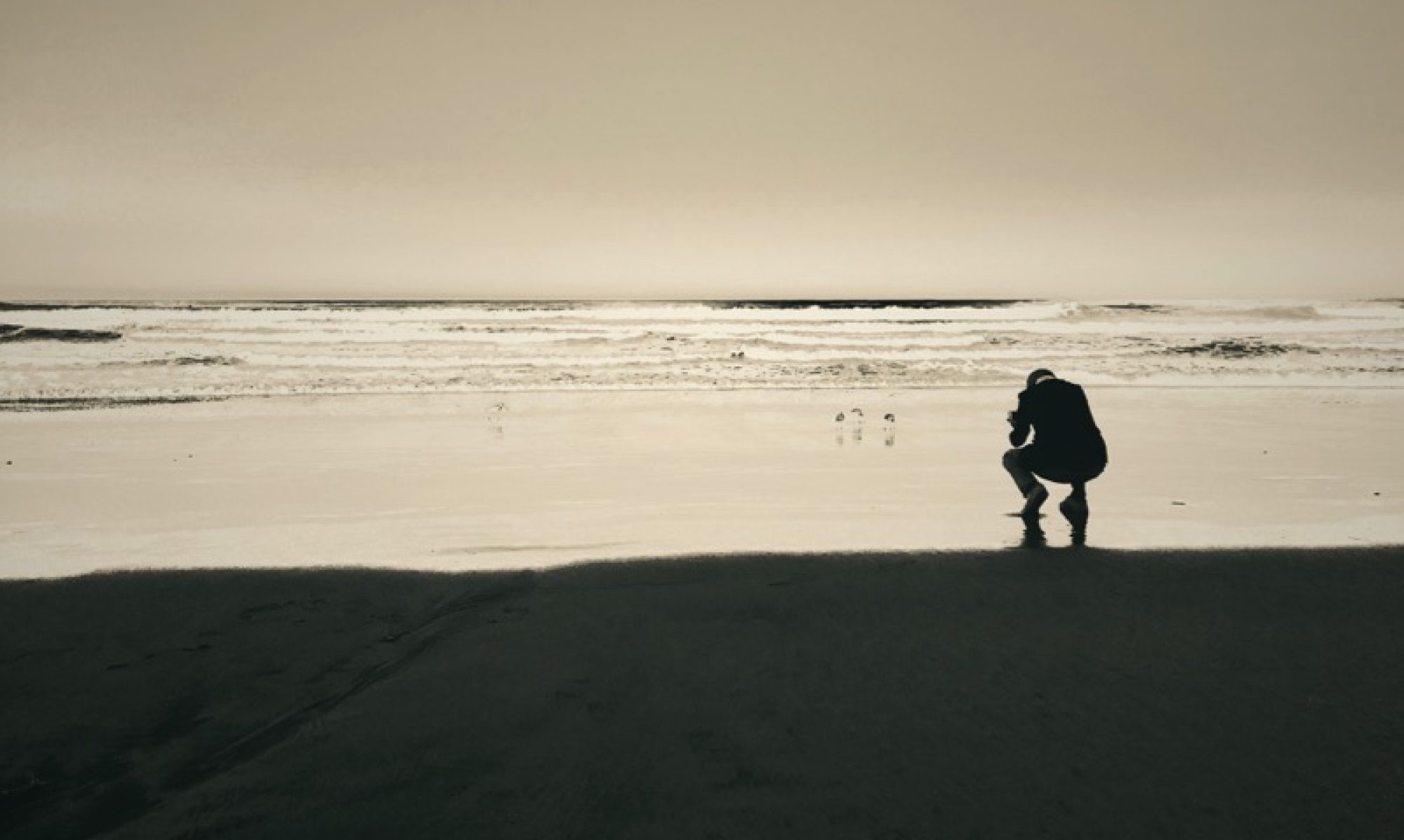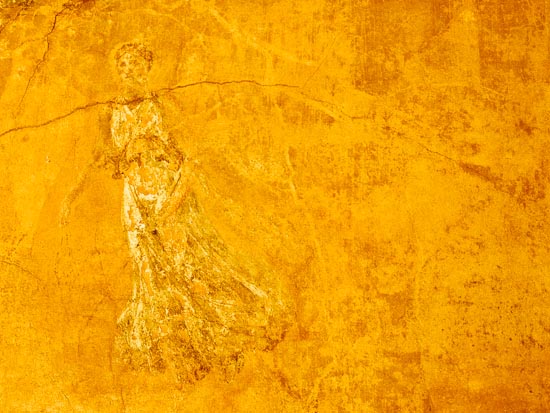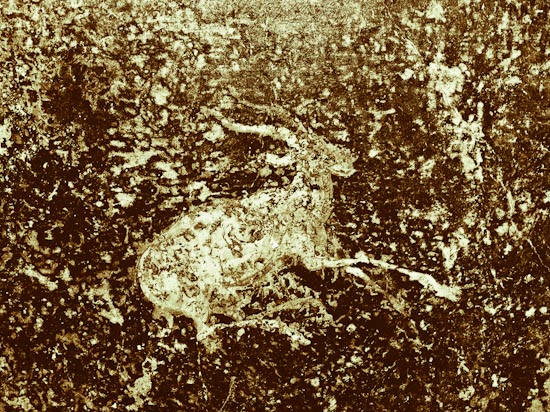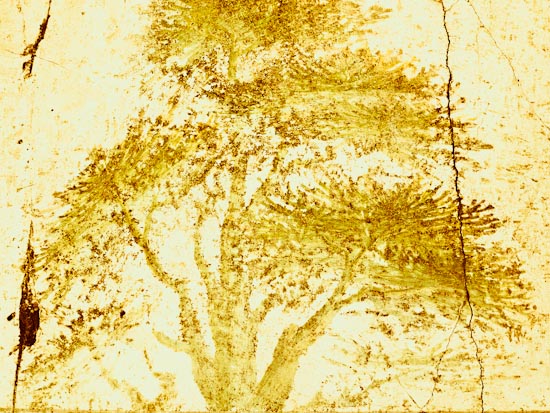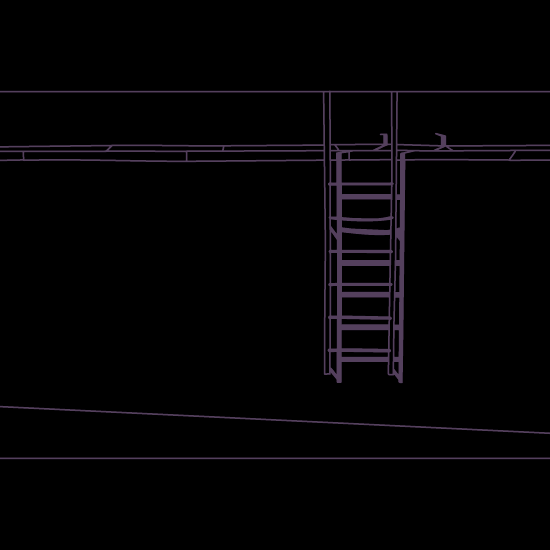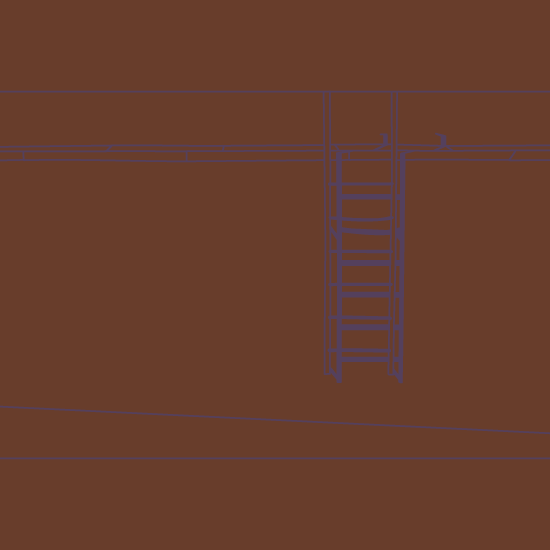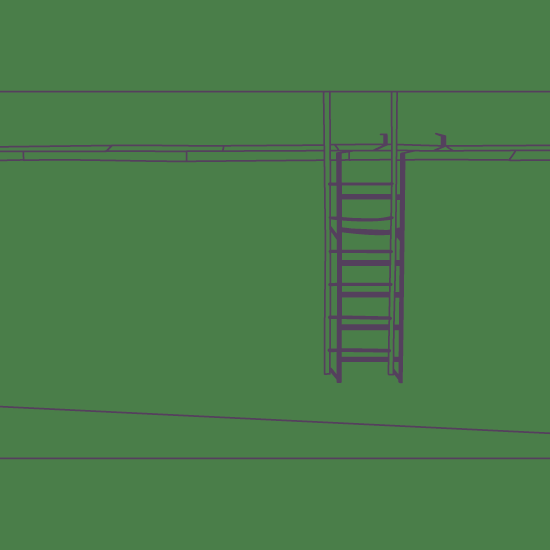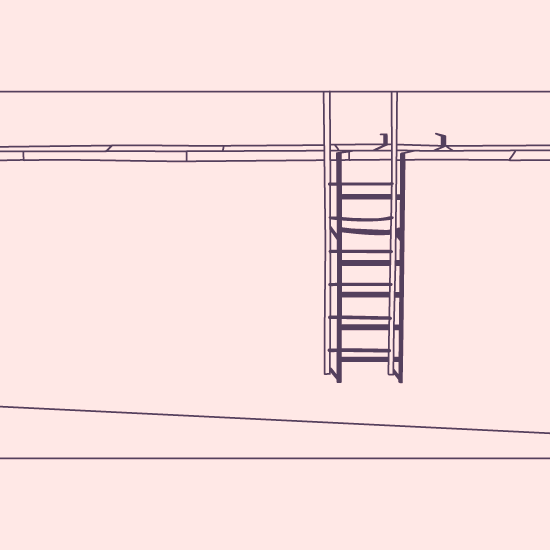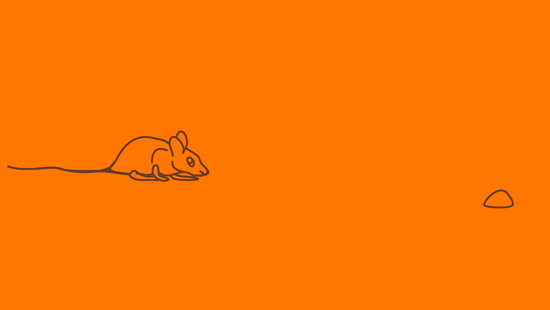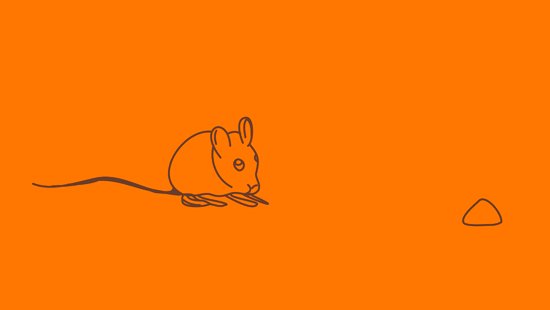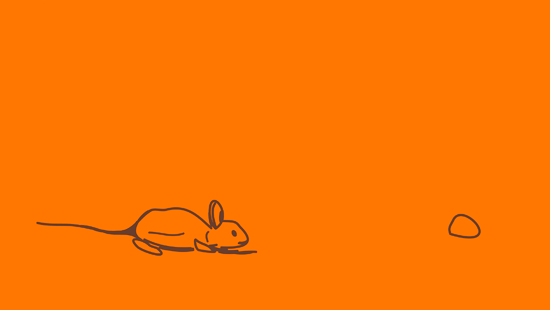I can think of at least three reasons why one wouldn’t have liked to live in antiquity: (i) You happen to be born not an owner of a couple of lavish villas, but a slave. (ii) You happen to be born the owner of a couple of lavish villas and a slaveholder. (Is (i) or (ii) better? A question I shall raise in the moral philosophy class I’ll audit in the fall.) (iii) You happen to be born an owner of a couple of lavish villas or a slave of such a person, but a volcano blows up in your neighborhood, covering both you and everything else with lava and volcanic ashes.
The fortunes of my own little life led me to Stabiae this past week, an archeological site near Pompeii. I loved it. Why would you print your images on paper, rather than paint them right on the walls? While not the focus of my stay, I made a couple of photos of these walls.
